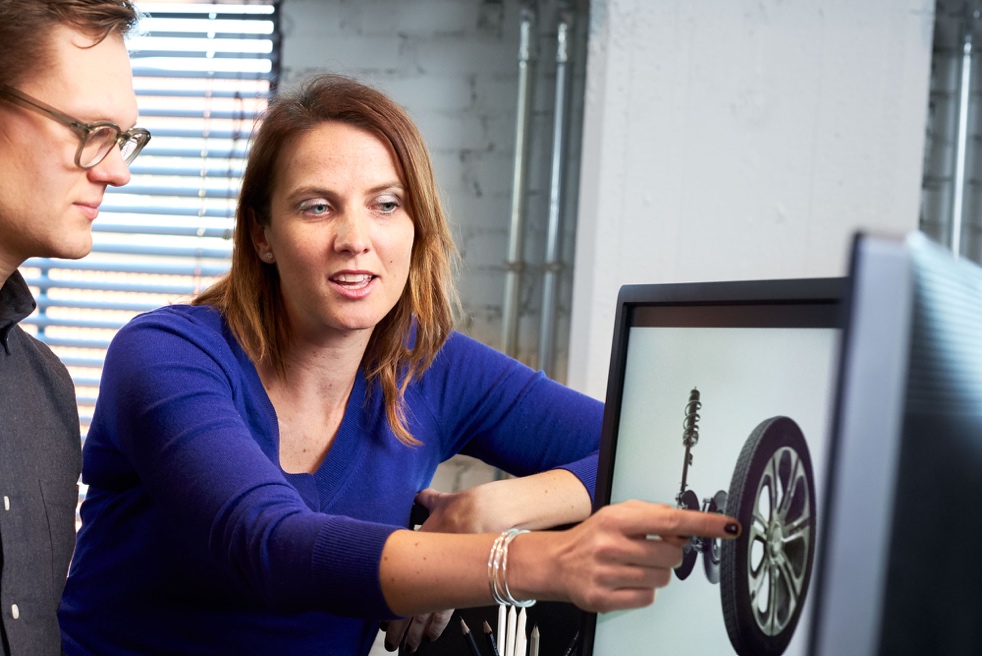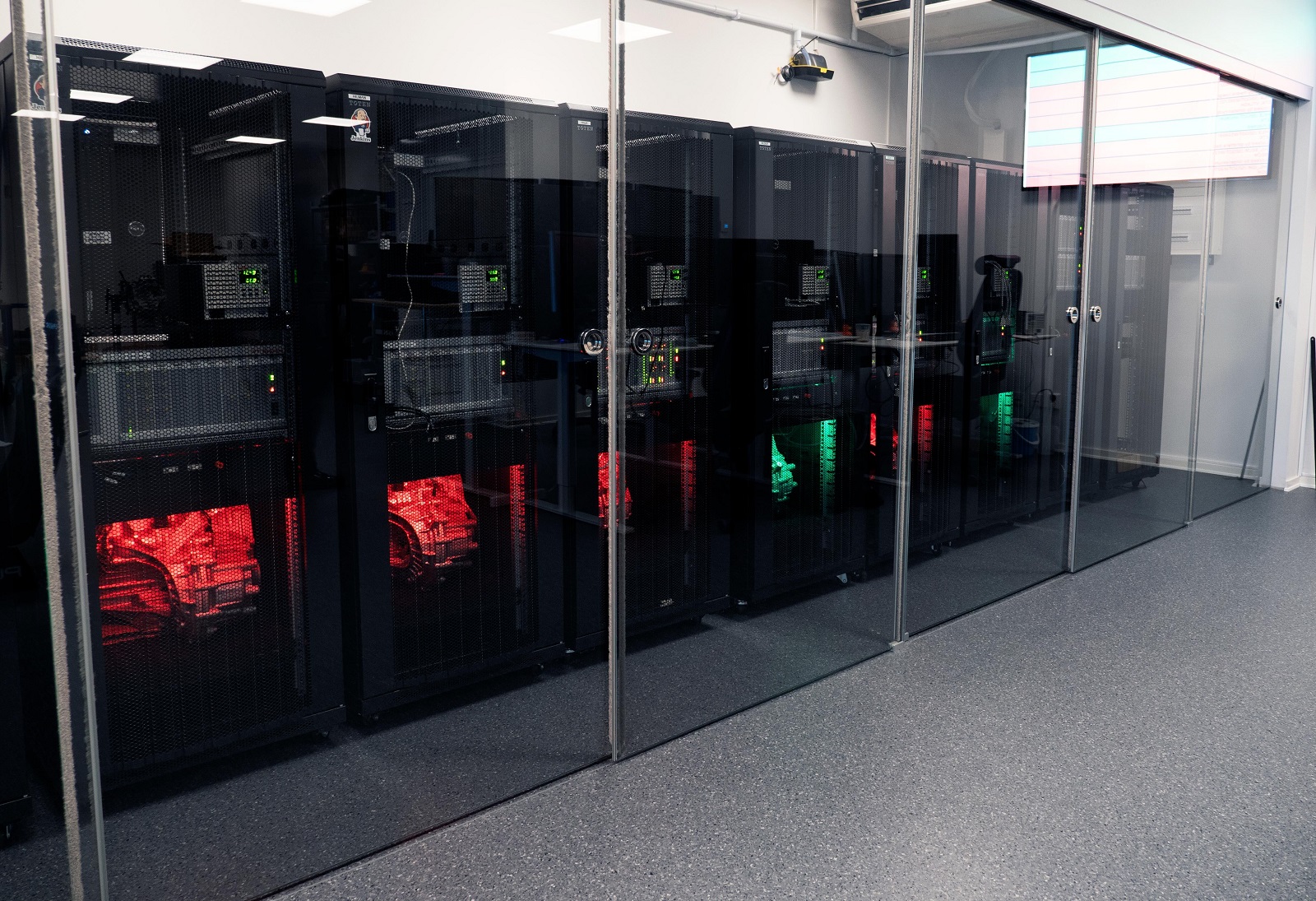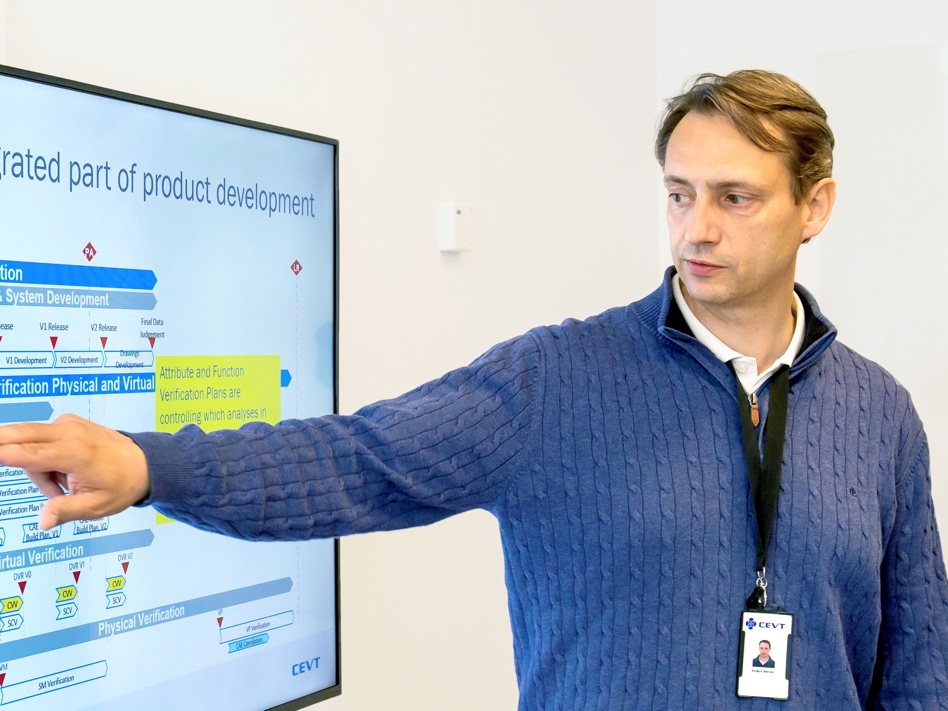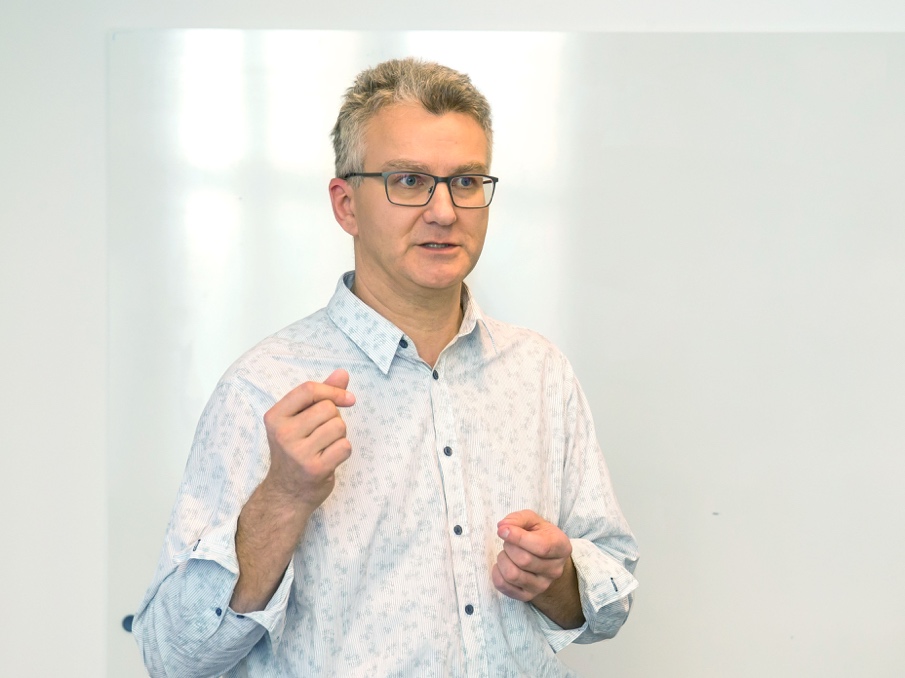Unveiling some of the secrets behind Geely’s development speed are Computer Aided Engineering (CAE) experts from CEVT; Sofia Ore, Dag Thuvesen and Anders Werner. In this article they talk about how through the innovative use of super computers and virtual reality, they were able to substantially shorten the lead time in the development process of vehicles within the Geely family.
Most companies in the western automotive industry shortened their lead time during early 2000 with the help of computer aided engineering, CAE. Entire prototype series, which was the critical path of vehicle development, were taken out and replaced entirely by virtual assessment and analysis. Some of the Chinese OEMs still have two to three prototype loops and thus still have not adopted the western way of only one or zero prototype series. This was true also for Geely prior to implementation of NPDS. Compared with that we cut at least a year of development time when we developed the Lynk & Co 01.
“What stands out for CAE at CEVT and the Lynk & Co 01 is that we not only developed the car in a short time frame, we also built up the whole CAE organisation, including finding the right people to do the right type of work. This is something unique compared to other OEMs. With a motivated team you can reach the sky and beyond”, says Sofia Ore, Senior Manager Energy CAE at CEVT.
Together with Dag Thuvesen and Anders Werner, Sofia Ore is part of the CAE management at CEVT. We asked them to explain to us what they have done differently here at CEVT.
“The main challenge was actually getting up to speed quickly when CEVT started its operations back in 2013. It took only one month to set up the HPC, High Performance Computing, cluster and purchase software licenses to start operations. After one month we had 15 people working full time, which grew to more than 30 engineers before end of 2013. I think it is fair to say that the CAE department ramped up quicker than other departments, and this was an absolute enabler for the successful execution of the CMA project. Over the years since the start, it has been quite a challenge to manage to conduct Virtual Verification loops on releases that in some cases were far from complete or successful. It is very difficult to build a car in the real world without having all the parts. It is actually equally difficult in the virtual world, but we have become masters at that discipline”, says Anders Werner and continues:
“The Lynk & Co 01 project did not have any prototype series, instead it went directly to serial, hard tooling. Accomplishing this requires advanced, state-of-the-art CAE methods and engineers. Starting from scratch in 2013, it is a huge achievement to actually pull this off. One major contributor was obviously the availability of automotive know-how in the Gothenburg and Trollhättan region. Without that pool of talent, knowledge and experience it would certainly not have been possible. But, the biggest achievement overall has been how to make efficient use of the available resources. CEVT is not world leading in all CAE sub-disciplines, but there are some where we are close, and I think that the relatively small team has been able to make extremely good use of comparatively scarce resources – I would actually say that the ratio of output vs resources is definitely world leading. A key factor to this has been the Senior CAE managers, who are all extremely experienced and skilled in how to make the most out of the available resources. The drag number prediction and result in C-NCAP are just two examples of this”, he says.
Sofia Ore continues:
“The main principle behind shortening development time is to remove entire prototype loops. A full prototype loop takes about a year with roughly 20 weeks for tooling, four to six weeks for building and another 20-26 weeks for testing. To speed things up, adjacent loops are started before the previous one was finished, but that meant that feedback and results from the first loop was available in time for next loop. With CAE, the tooling and build period has been cut to two to three weeks for virtually built models and the testing period for virtual analyses was cut to another two to three weeks, meaning that we can get feedback from previous design prototype in time to influence the next prototype. Cutting the prototype loops from a year to six weeks, we’ve become faster and more effective thanks to our brains and computers”.
Dag Thuvesen, Senior Manager Safety CAE, continues and explains what tools they are using and what they are actually simulating:
“The investments and management of software licenses required to run a proper CAE department are substantial. In fact, the IT costs for CAE equal roughly one third of CEVT’s IT budget, even though only one in twenty employees at CEVT is a CAE engineer. Most of the tools used are not commonly known outside of CAE. Our main “work horses” in CAE are software called Ansa, Nastran, Abaqus, LS-Dyna, Metapost, Fluent, GT-Suite and CarMaker. Most of the analyses are computationally heavy and have to be run on a HPC (High Performance Computing) cluster. I would also like to add the team and their knowledge as a very important tool as well. Some examples of what we are simulating are; Road & Powertrain noise and vibrations, Aerodynamics, Contamination, Cooling performance, Fuel economy, Drivability and Performance, Antenna performance, High speed and low speed crash, Pedestrian protection, Door opening / closing, Durability and strength, Ride & Handling, Road & Powertrain Loads”.
They explain that during the tests it has been shown that the results from the simulations are in many cases spot on or extremely close, compared to live test results. CAE often is able to give better insights into what is working well and what isn’t. Thus, CAE primarily used as a development tool to continuously improve the design. Then at after each new design, a Virtual Verification loop is conducted, where the role of CAE is more of a verification tool, i.e. virtual testing. A decade ago, CAE was primarily involved early in projects to give input to concept selection and benchmark settings, but one thing that has changed recently is that CAE is used in the projects until the very end, and is often the main tool to find solutions to issues detected in tests.
The most important thing they say going forward is to understand our customers and predict what they want and need before they know it themselves. AI, machine learning and virtual verification are the crucial tools that are needed in order to get there. They say that we will continue to develop CAE methods for increased accuracy and efficiency.
“The people in the department and their dedication to getting results in the most efficient manner is the soul of the department and without their knowledge, spirit, talent, experience and motivation to build the best possible platforms and cars, the CMA and 01 would not have been a reality” Dag Thuvesen concludes.








